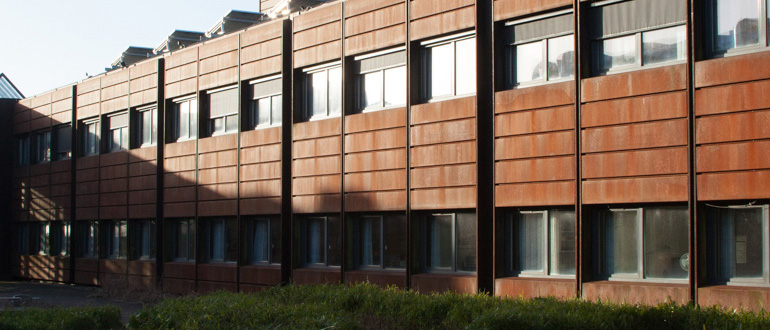Summary
In recent years, much attention has been paid to the diffusion of broadband, particularly in relation with the urban-rural divide. Broadband is seen as an instrument for rural development as it provides rural residents with both economic and social benefits. Thus, scholars and policymakers have raised concerns about rural areas being decoupled the information society, due to the lack of broadband up-take and use.
On this background, the aim of this research report is partly to examine existing literature on broadband in a rural context followed by an empirical investigation of a specific rural region, and partly to point out those areas that have most potential for rural living.
Research shows that broadband has huge potentials for rural districts in areas such as health care, education, as well as vast economic benefits. Research also shows, however, the continuous existence of an urban and rural broadband gap with limiting factors, such as lack of access and of relevant content, as well as the costs of switching to broadband. More research should thus focus on the demand-side of broadband and in particular on contents services and consumer adoption.
In sum, the diffusion of broadband is essential in the continuous revitalization of rural areas. This technology will make it more attractive to live and work in rural districts. Thus, attracting and keeping rural residents depends not only on the roll-out of broadband, but also on securing upgrading to a continuously higher broadband capacity. Most important is the policy makers’ ability to provide broadband content that will support the local social integration. In particular, it is important to employ broadband in order to support elderly and handicapped so that they may remain in their own homes. It is also crucial to be able to deliver possibilities for (further) education.
